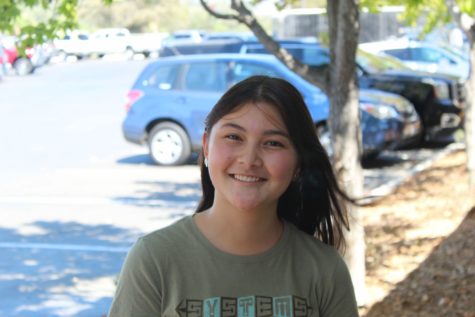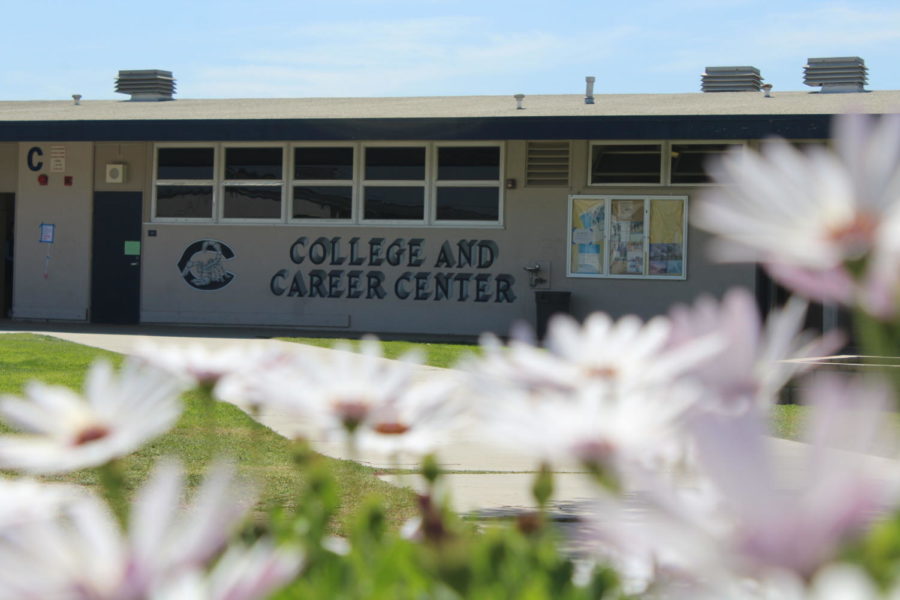Cam High’s Evaluation in November Determines Your Future
Cam High is being evaluated on Nov. 5, 6, and 7 by the Western Association of Schools and Colleges (WASC) to renew the school’s accreditation. If evaluators deem Cam High a struggling school, significant changes will have to be made.
Accreditation is a process of validation in which colleges, universities and other institutions of higher learning are evaluated, according to 50states.com. Accreditation is necessary for all schools to earn, but in order to be accredited, a school must meet specific criteria and show continual improvements throughout time.
Cam High has not been in danger of losing accreditation in the past and it is unlikely that Cam High will risk losing accreditation in the future. However, if Cam High were to deteriorate rapidly ― in terms of test scores, school, environment, academies, education, etc― WASC would return to evaluate the school every year and expect improvement or Cam High’s membership would be revoked. Without a membership, Cam High’s graduates would be denied a valid diploma.
“By the school being accredited your diploma is worth something, it has value. If we were an unaccredited high school, nobody would acknowledge your diploma as a completion that was worth anything. So it is really important to jobs, colleges, and any sort of other thing that requires a high school diploma from an accredited high school,” said Mr. Gary Peterson, assistant principal.
Every five years, an administrator and teacher are asked by Dr. Kim Stephenson to assist in gathering information to present to WASC evaluators. Compiling information and statistics on students, testing, teachers, academies etc. takes around one year. Ms. Lori Pristera, ASB director, and Peterson are arranging the data for this upcoming evaluation.
Teachers and principals from other schools within the state of California volunteer to visit schools for WASC. When they arrive at Cam High, Pristera will present a binder filled with questions in regards to the aspects of the school. For example, one question may ensure that classrooms are a safe space for students to learn and thrive, and the WASC employees will decide if Cam High accomplishes such.
“At the end of the day, you have to have a school that people want to come to, including a school that the students and faculty want to come to. [We want to ensure that] they are happy to be here, they want to be here and that’s also something that WASC notices too: are people happy?” said Pristera.
After three days of evaluation, the administration at Cam High receives criticism and constructive feedback on what to improve during the following six years of membership. If these improvements are not followed through with, Cam High could be required to be evaluated more often than average and watched closely by WASC. However, schools are allowed to refuse feedback, as the administrators have the final say and are not required to force reform if they do not deem it necessary.
Six years ago, Cam High was asked to add or improve upon their academic support programs that accommodated low performing students, equality in technology for all classrooms with increased training, and the implementation of Professional Learning Communities (PLC), an example being collaboration days. According to Pristera, Cam High decided to address these suggestions and they have been developed upon since the last evaluation in 2012.
“The WASC evaluation is really a big overall review of everything in our school. Once we have been evaluated, we are given a stamp of approval, but we are also told what we need to improve upon in the next few years,” said Stephenson.

Hello, my name is Marcella and I am a senior here at Cam High. As this year's Editor in Chief of the Stinger, I'd like to welcome you to our site. I'm...

















































































![Senior Ditch Day... Relaxation or Truancy? [Video]](https://achsstinger.com/wp-content/uploads/2017/10/IMG_7119-900x599.jpg)
![Heavy Rain Hits Cam High [video]](https://achsstinger.com/wp-content/uploads/2017/02/maxresdefault-900x506.jpg)



